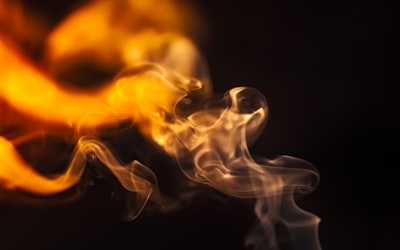Imagine a world where every fire does not only consume and destroy, but also tells a secret story—a world where the language of flames is understood as both a warning and a wisdom. Across history, fire has been both creator and destroyer, sparking not just literal blazes, but revolutions, myths, and even scientific discovery.
After reading a headline about a tragedy in a Hưng Yên factory, one might wonder: Why do catastrophic fires still occur, despite our technological progress? The answer lies at the crossroads of engineering, human behavior, and cultural perception.
Did you know that the Great Fire of London in 1666 led to one of the first modern building codes? Or that the shape, color, and smell of smoke can reveal a fire’s hidden chemistry—so much so that forensic scientists can reconstruct a timeline from the debris? When fire strikes, it also reignites ancient instincts: in Vietnamese folklore, the Kitchen God rides a carp to heaven once a year, reporting on household virtue (and perhaps, by extension, fire safety).
What if we could read smoke as these ancestors did—not just as a danger but as a message? What tales linger in the ashes? What lessons do we keep forgetting?
This tension between forgetting and remembering, destruction and renewal, still blazes at the heart of every headline about fire, reminding us both of our vulnerability and our resilience. In every flame, there’s a story—will we listen?
This article was inspired by the headline: 'Vụ cháy nhà xưởng ở Hưng Yên: Xác định danh tính 5 người tử vong, 2 người bị thương - Báo Người Lao Động'.

Comments
No comments yet. Be the first to comment!